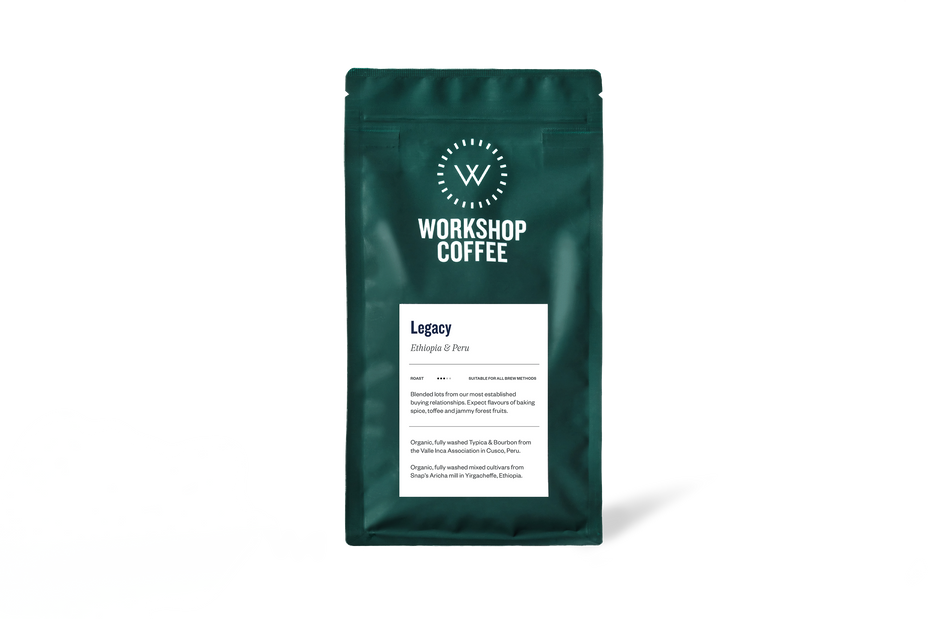Energising encounters
Stories that fuel our community.

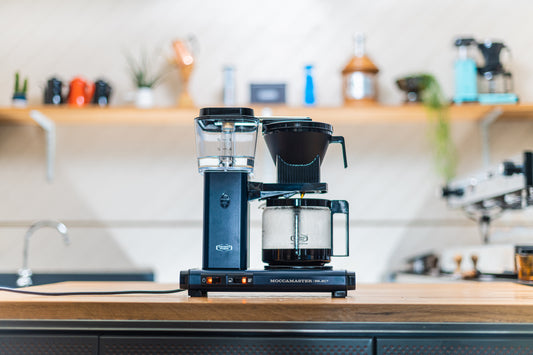
The Moccamaster KBG Select: Overview & Brewing ...
Last year, we created a video offering tips on how to get the most from the Moccamaster KBG that’s proven valuable to many. The more recent release of the Moccamaster KBG Select...
The Moccamaster KBG Select: Overview & Brewing ...
Last year, we created a video offering tips on how to get the most from the Moccamaster KBG that’s proven valuable to many. The more recent release of the Moccamaster KBG Select...
Read more
Read more
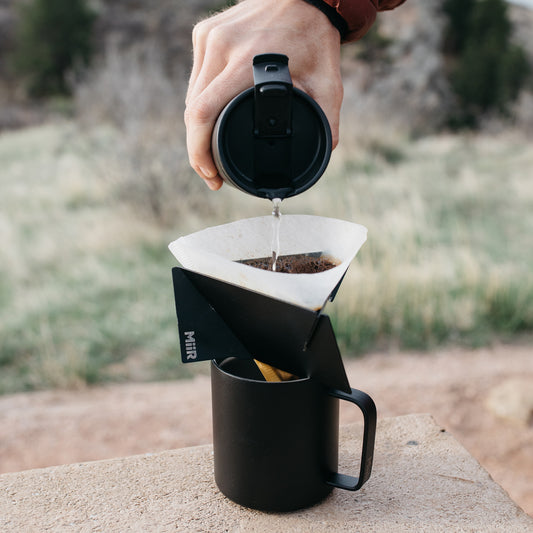
For the Outdoors: Our Latest Brew Bundle
There's something about brewing and drinking coffee in the outdoors. Perhaps it's the fact there are fewer distractions, or maybe it's just the novelty of spending some much-needed time away from...
For the Outdoors: Our Latest Brew Bundle
There's something about brewing and drinking coffee in the outdoors. Perhaps it's the fact there are fewer distractions, or maybe it's just the novelty of spending some much-needed time away from...
Read more
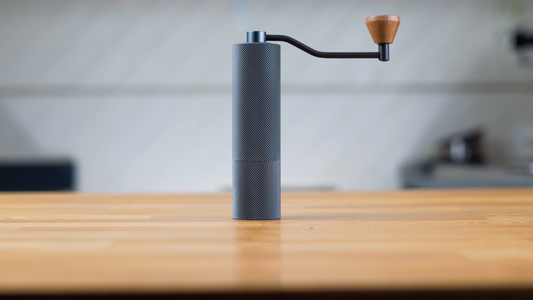
Timemore’s Chestnut Slim Hand Grinder
The Chestnut Slim grinder from Timemore is a really high spec, but accessibly priced, hand grinder which we’ve been thoroughly impressed with in our testing. The following relays our experiences with...
Timemore’s Chestnut Slim Hand Grinder
The Chestnut Slim grinder from Timemore is a really high spec, but accessibly priced, hand grinder which we’ve been thoroughly impressed with in our testing. The following relays our experiences with...
Read more
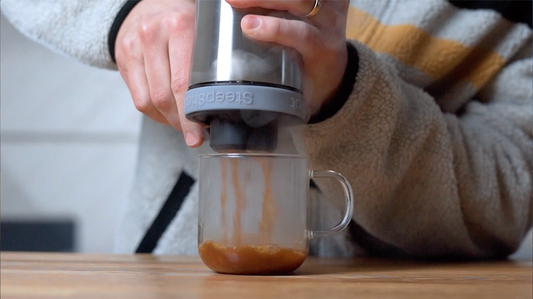
Introducing the SteepShot Immersion Coffee Brewer
Allow us to introduce the SteepShot, a new breed of coffee brewer. Designed by Ari Halonen in Norway, this intelligent and considered 1-cup coffee maker utilises pressure to create delicious coffee...
Introducing the SteepShot Immersion Coffee Brewer
Allow us to introduce the SteepShot, a new breed of coffee brewer. Designed by Ari Halonen in Norway, this intelligent and considered 1-cup coffee maker utilises pressure to create delicious coffee...
Read more
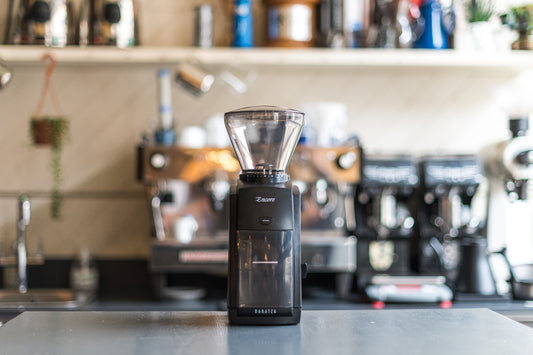
Introducing the Baratza Encore
As our range of equipment and hardware continues to expand, our focus remains on showcasing products we’ve extensively tried and tested to ensure they don’t just complement, but elevate, your...
Introducing the Baratza Encore
As our range of equipment and hardware continues to expand, our focus remains on showcasing products we’ve extensively tried and tested to ensure they don’t just complement, but elevate, your...
Read more
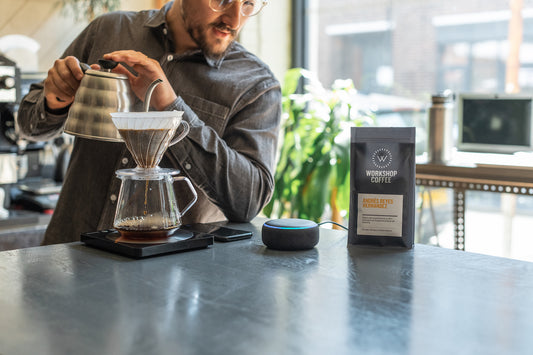
Our audio-enabled Brew Guides
We’re always looking for new ways that we can help people to brew the best coffee outside of our coffeebars. It’s the reason we began hosting our hands-on, Saturday morning...
Our audio-enabled Brew Guides
We’re always looking for new ways that we can help people to brew the best coffee outside of our coffeebars. It’s the reason we began hosting our hands-on, Saturday morning...
Read more
Untapped potential
Have you tried:
Untapped potential
Have you tried:

Subscribe to our newsletter
More energising updates
Join our collaborative coffee community and enjoy important news and exclusive offers.



